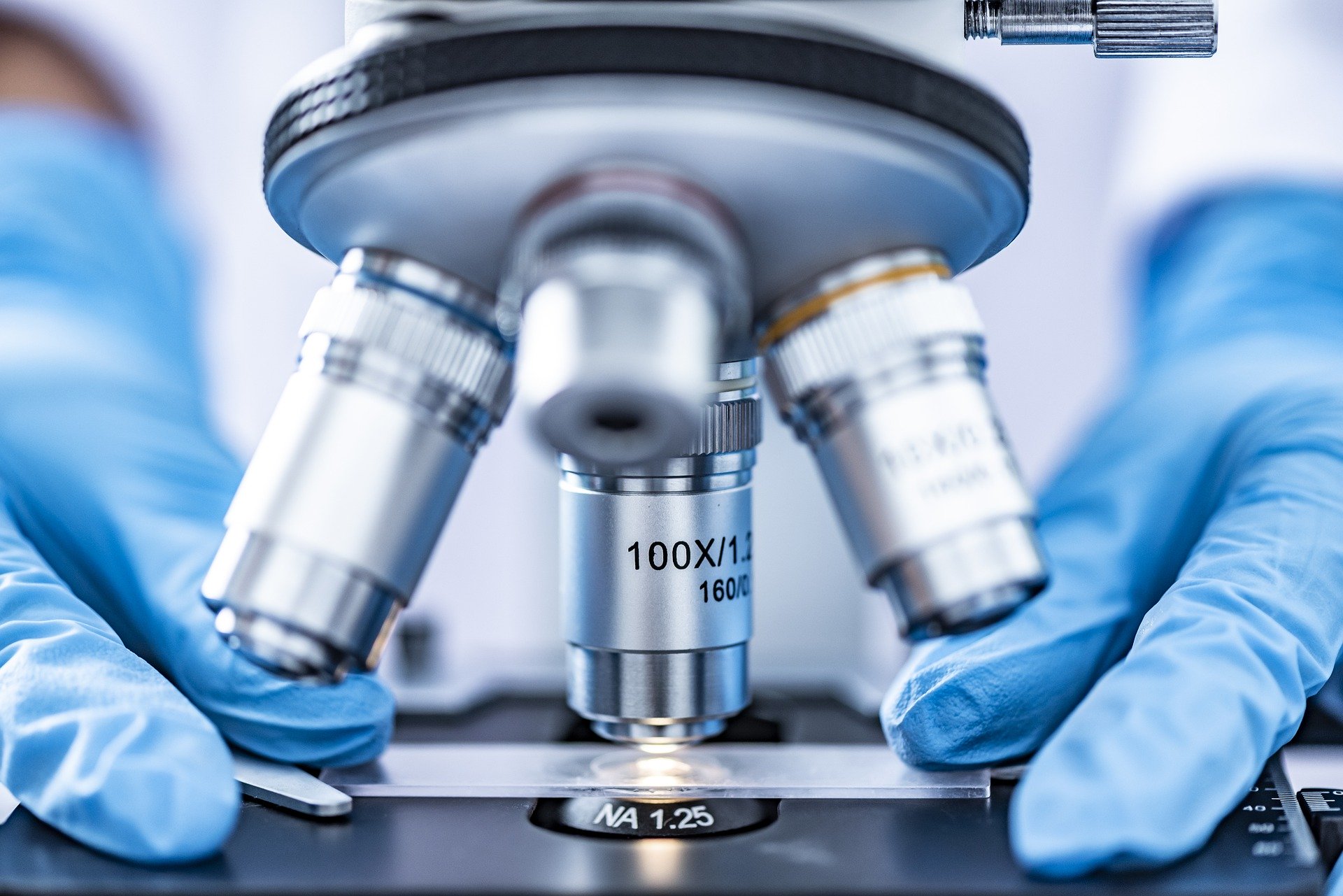Advances in science, new actors, economic investments, and societal challenges and concerns will all influence new types of biotechnology products in development. These publications explore possibilities, obstacles, and societal considerations as we experience changes in the scope, scale, complexity, and tempo of biotechnology products. All are free to read or download.
Research and innovation in the life sciences is driving rapid growth in agriculture, biomedical science, information science and computing, energy, and other sectors of the U.S. economy. This economic activity, conceptually referred to as the …
Forest Health and Biotechnology: Possibilities and Considerations
The American chestnut, whitebark pine, and several species of ash in the eastern United States are just a few of the North American tree species that have been functionally lost or are in jeopardy of being lost due to outbreaks of pathogens and …
The Next Generation of Biomedical and Behavioral Sciences Researchers: Breaking Through
Since the end of the Second World War, the United States has developed the world’s preeminent system for biomedical research, one that has given rise to revolutionary medical advances as well as a dynamic and innovative business sector …
Biodefense in the Age of Synthetic Biology
Scientific advances over the past several decades have accelerated the ability to engineer existing organisms and to potentially create novel ones not found in nature. Synthetic biology, which collectively refers to concepts, approaches, and …
Preparing for Future Products of Biotechnology
Between 1973 and 2016, the ways to manipulate DNA to endow new characteristics in an organism (that is, biotechnology) have advanced, enabling the development of products that were not previously possible. What will the likely future products of …
Dual Use Research of Concern in the Life Sciences: Current Issues and Controversies
The potential misuse of advances in life sciences research is raising concerns about national security threats. Dual Use Research of Concern in the Life Sciences: Current Issues and Controversies examines the U.S. strategy for reducing …
Genetically Engineered Crops: Experiences and Prospects
Genetically engineered (GE) crops were first introduced commercially in the 1990s. After two decades of production, some groups and individuals remain critical of the technology based on their concerns about possible adverse effects on human …
Research on gene drive systems is rapidly advancing. Many proposed applications of gene drive research aim to solve environmental and public health challenges, including the reduction of poverty and the burden of vector-borne diseases, such as …
Industrialization of Biology: A Roadmap to Accelerate the Advanced Manufacturing of Chemicals
The tremendous progress in biology over the last half century – from Watson and Crick’s elucidation of the structure of DNA to today’s astonishing, rapid progress in the field of synthetic biology – has positioned us for significant innovation in …
Synthetic biology — unlike any research discipline that precedes it — has the potential to bypass the less predictable process of evolution to usher in a new and dynamic way of working with living systems. Ultimately, synthetic biologists hope …
Convergence of the life sciences with fields including physical, chemical, mathematical, computational, engineering, and social sciences is a key strategy to tackle complex challenges and achieve new and innovative solutions. However, …











